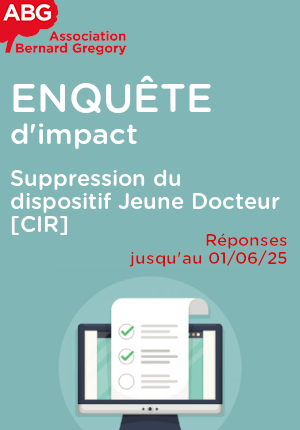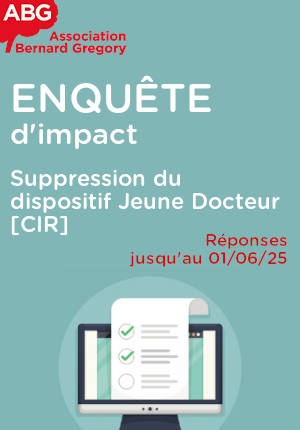Time-Programmable Möbius-Hexaphyrin Winding for Information Encoding
| ABG-132000 | Thesis topic | |
| 2025-05-15 | Other public funding |
- Chemistry
Topic description
Data-storage is undoubtedly a major concern of our modern societies requiring new approaches for information storage and processing. In this context, our group has been investigating for almost a decade various Möbius hexaphyrin architectures for recognition and sensing purposes. Möbius rings are inherently chiral objects (topological chirality), mirror images being generated by twisting the Möbius band according to a right or a left screw sense (respectively P and M configurations). Compared to other sources of chirality, Möbius chirality has been scarcely investigated at the molecular level and thus constitutes an innovative stereogenic element. Focusing on the Möbius [28]hexaphyrin scaffold, our group has investigated an original approach for chirality induction taking advantage of the dynamic character of the twisted π-system. Indeed, this conformationally flexible scaffold undergoes rapid P ↔ M equilibrium in solution, thus exhibiting a dynamic Möbius chirality. This feature enables a transfer of chirality from an exogenous stereogenic source under thermodynamic control, useful to build up adaptive or switchable molecular systems. Recently, we have investigated Möbius Zn(II)-hexaphyrins bearing NH2 or COOH chiral coordinating arms, and demonstrated unprecedented chiroptical switches controlled by achiral effectors in complex networked systems. Our idea is now to move one-step further, by merging this dynamic chirality induction with out-of-equilibrium (dissipative) processes. Based on our expertise, this project aims at the development of so-called “time-programmable” Möbius-hexaphyrin winding, so that a chiroptical signature (readout) could be produced with a defined lifetime. Such an approach requires a fuel to trigger chirality induction at the level of the Möbius π-system, which will be cancelled when the fuel is consumed. By tuning the experimental conditions, specific lifetime and decay of the chiroptical readout can be set up, allowing a specific encoding of an information (similarly to Morse code with short and long pulses). These dissipative systems will be investigated by NMR and circular dichroism spectroscopies, with which the lab is well experienced, aiming at defining the best criterion yielding to robust systems.
Starting date
Funding category
Funding further details
Presentation of host institution and host laboratory
L’ISCR a l’ambition d’une recherche de haut niveau dans son cœur de métier : la conception, la synthèse et la caractérisation de molécules et de matériaux fonctionnels. Les domaines de recherche couvrent un large champ d’applications: santé, matériaux, optique et télécommunications, énergie et environnement…
Candidate's profile
The candidate, with a Master 2 degree in molecular chemistry, must have a solid knowledge in general chemistry and more particularly in organic synthesis and NMR spectroscopy. The synthesis and characterization in solution of dynamic macrocyclic ligands and zinc complexes will constitute an important part of this thesis. A strong practical aptitude as well as a significant personal investment will be necessary.
Vous avez déjà un compte ?
Nouvel utilisateur ?
Get ABG’s monthly newsletters including news, job offers, grants & fellowships and a selection of relevant events…
Discover our members
 Nokia Bell Labs France
Nokia Bell Labs France  Tecknowmetrix
Tecknowmetrix  Groupe AFNOR - Association française de normalisation
Groupe AFNOR - Association française de normalisation  Généthon
Généthon  Aérocentre, Pôle d'excellence régional
Aérocentre, Pôle d'excellence régional  ONERA - The French Aerospace Lab
ONERA - The French Aerospace Lab  Ifremer
Ifremer  MabDesign
MabDesign  PhDOOC
PhDOOC  MabDesign
MabDesign  Institut Sup'biotech de Paris
Institut Sup'biotech de Paris  TotalEnergies
TotalEnergies  ANRT
ANRT  ADEME
ADEME  SUEZ
SUEZ  Laboratoire National de Métrologie et d'Essais - LNE
Laboratoire National de Métrologie et d'Essais - LNE  ASNR - Autorité de sûreté nucléaire et de radioprotection - Siège
ASNR - Autorité de sûreté nucléaire et de radioprotection - Siège  CASDEN
CASDEN  CESI
CESI







